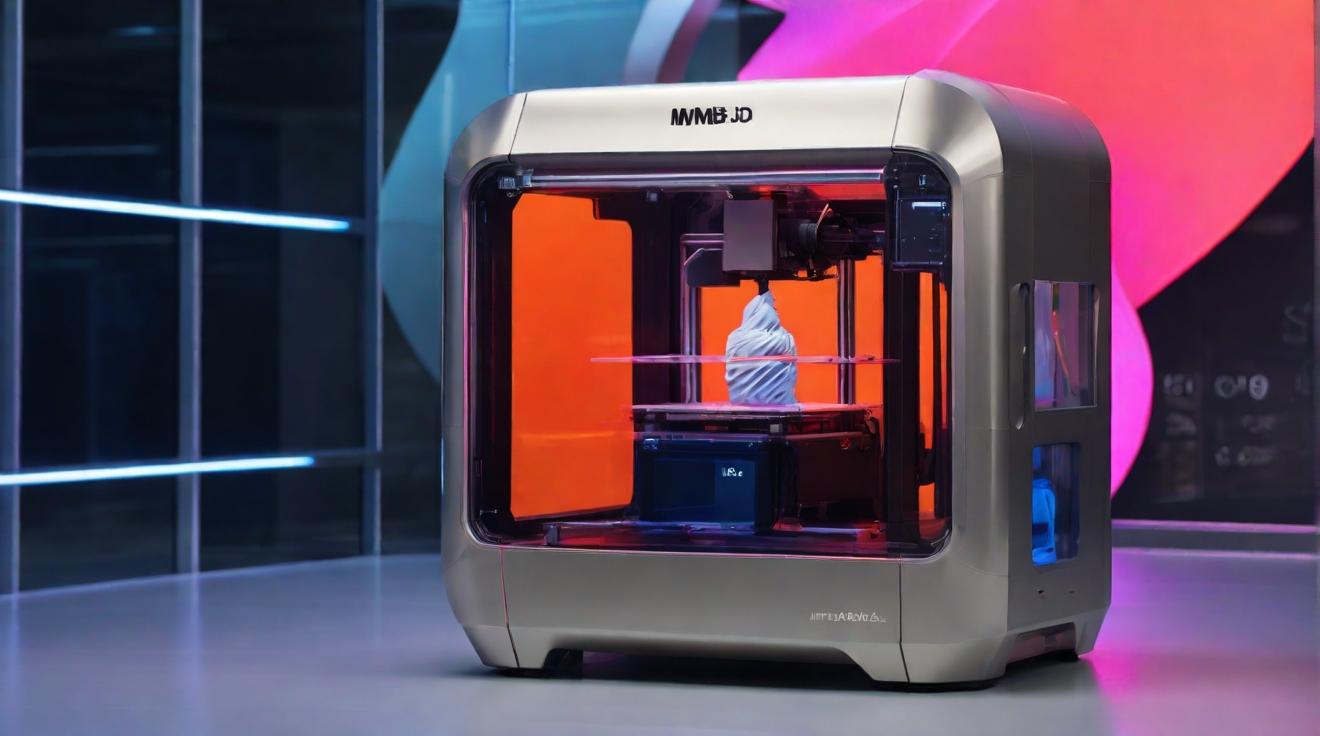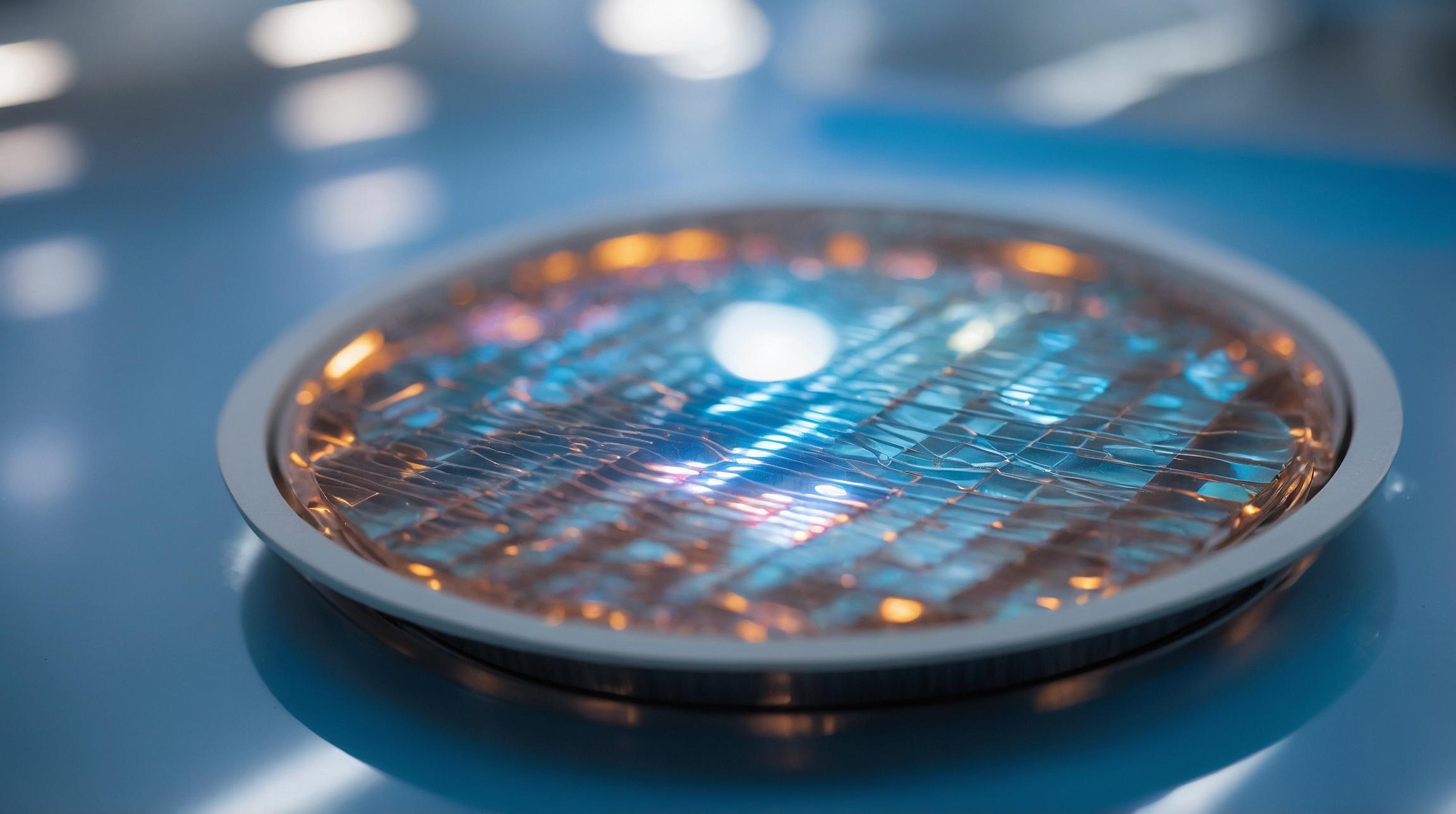Metal Binder Jetting (MBJ) Technology Reshaping 3D Printing Landscape
Metal Binder Jetting (MBJ) technology is revolutionizing the world of 3D printing and is set to have a significant impact on the metal manufacturing industry. This innovative process involves layering metal powders with a liquid binder to create complex and durable objects.
Cai DaoSheng, Chairman of EASYMFG, recently shared insights into MBJ technology and the company’s strategic initiatives for 2024. In a previous interview, DaoSheng emphasized the importance of collaboration among MBJ teams and the need for large-scale manufacturing demonstrations to boost confidence in the industry. He also highlighted EASYMFG’s expansion plans for 2024, its product line, and the importance of thoughtful build box design.
DaoSheng stated, “We approach 2024 with confidence, recognizing both the opportunities and challenges it presents. Binder Jetting Metal 3D printing technology is poised to continue leading the digital transformation of manufacturing. Industry practitioners need to closely monitor market changes and adapt their strategies flexibly to ensure competitiveness in this dynamic field.”
Powder Materials: Key to Success in MBJ Technology
DaoSheng revealed that the choice of powder materials is crucial in determining the performance, cost, and overall success of the MBJ printing process. While MBJ equipment manufacturers excel in mechanical, software, and process development, the progress of MBJ technology is hindered by a crucial missing piece: specialized powders. Existing options, such as conventional Metal Injection Molding (MIM) powders, offer poor flowability, hindering printing density and overall performance. Gas-atomized powders offer better flow, but they are expensive and prone to deformation during high-temperature sintering.
To address this issue, EASYMFG plans to collaborate with powder suppliers to launch specialized MBJ powders in 2024. These powders will primarily include stainless steel, high-temperature alloys, and titanium alloys. They will exhibit suitable flowability and higher tap density, overcoming the limitations of existing powder options.
Innovating Binders for Improved Efficiency
DaoSheng believes that binders play a critical role in MBJ technology, requiring low sintering residue, high bonding strength, stable printing, and resistance to printhead clogging. He explained that the unique challenges of MBJ technology, such as heating during printing, present opportunities for binder innovation.
EASYMFG currently uses commercialized binders that exhibit precise permeation control. The company’s binders undergo a low-temperature curing process after printing, preventing dissolution upon exposure to solvent. However, EASYMFG aims to develop a novel binder set for a 2024 release, eliminating the need for heating curing. This will enhance efficiency and reduce costs. Unlike other MBJ manufacturers’ binders that require low-temperature heating curing, EASYMFG’s focus on room-temperature printing and binder development without heating curing highlights its commitment to streamlining production.
Technological Upgrades Enhancing MBJ
DaoSheng highlighted the EASYMFG team’s extensive experience in research and development, particularly in testing printhead models from various brands. The company has also engaged in independent and collaborative research and development with the Rapid Manufacturing Center of Huazhong University of Science and Technology. This has resulted in a closed-loop system that covers all facets of MBJ technology. EASYMFG’s technological upgrades include powder design, sintering theory, and material system development.
Regarding powder spreading, EASYMFG employs proprietary sieving and up-powder spreading, which enhances density by 5-10%. In 2024, the company will focus on optimizing powder spreading to improve compatibility and reduce dust.
Overcoming Global Challenges and Going Global
DaoSheng acknowledged that the global acceptance of MBJ technology varies across countries. While developed countries understand and embrace the mass production capabilities and cost advantages of MBJ technology, China faces challenges due to the strong dominance of Selective Laser Melting (SLM) technology in certain sectors.
DaoSheng clarified misconceptions in China, where companies like Apple and Huawei chose SLM technology for titanium alloy electronics, falsely implying that MBJ is inferior. In reality, Apple chose MBJ over SLM to manufacture its stainless steel watch case. DaoSheng emphasized that a production-grade MBJ device can print nearly 2000 pieces per day, offering comparable speed and cost to Metal Injection Molding (MIM) without the need for molds.
EASYMFG plans to launch cost-controlled titanium alloy products with 98% density for high-gloss components at approximately 2 RMB per gram. The company also aims for rapid batch production expansion across various industries, including stainless steel, tool steel, and ceramics, aligning with its 2024 strategic goals.
Looking ahead, DaoSheng stated, “In 2024, we will adhere to the ‘going global’ strategy. In addition to establishing subsidiaries or offices in the domestic Yangtze River Delta and Pearl River Delta regions, we will actively promote the international presence of EASYMFG products. At the 2024 Formnext exhibition in Germany, we will undoubtedly showcase our latest equipment. Progress is anticipated in various regions and countries, including Europe, Southeast Asia, and India.”
Metal Binder Jetting (MBJ) technology is set to reshape the 3D printing industry, with EASYMFG at the forefront of this transformation. With their focus on specialized powders, innovative binders, technological upgrades, and global expansion, they are poised to lead the digital transformation of manufacturing.
Analyst comment
Positive news. The market for Metal Binder Jetting (MBJ) technology in the 3D printing industry is expected to grow significantly. EASYMFG’s strategic initiatives, including specialized powders, innovative binders, technological upgrades, and global expansion, position them as leaders in this transformation. Adoption of MBJ technology is anticipated to increase, driving growth and competition in the metal manufacturing industry.













